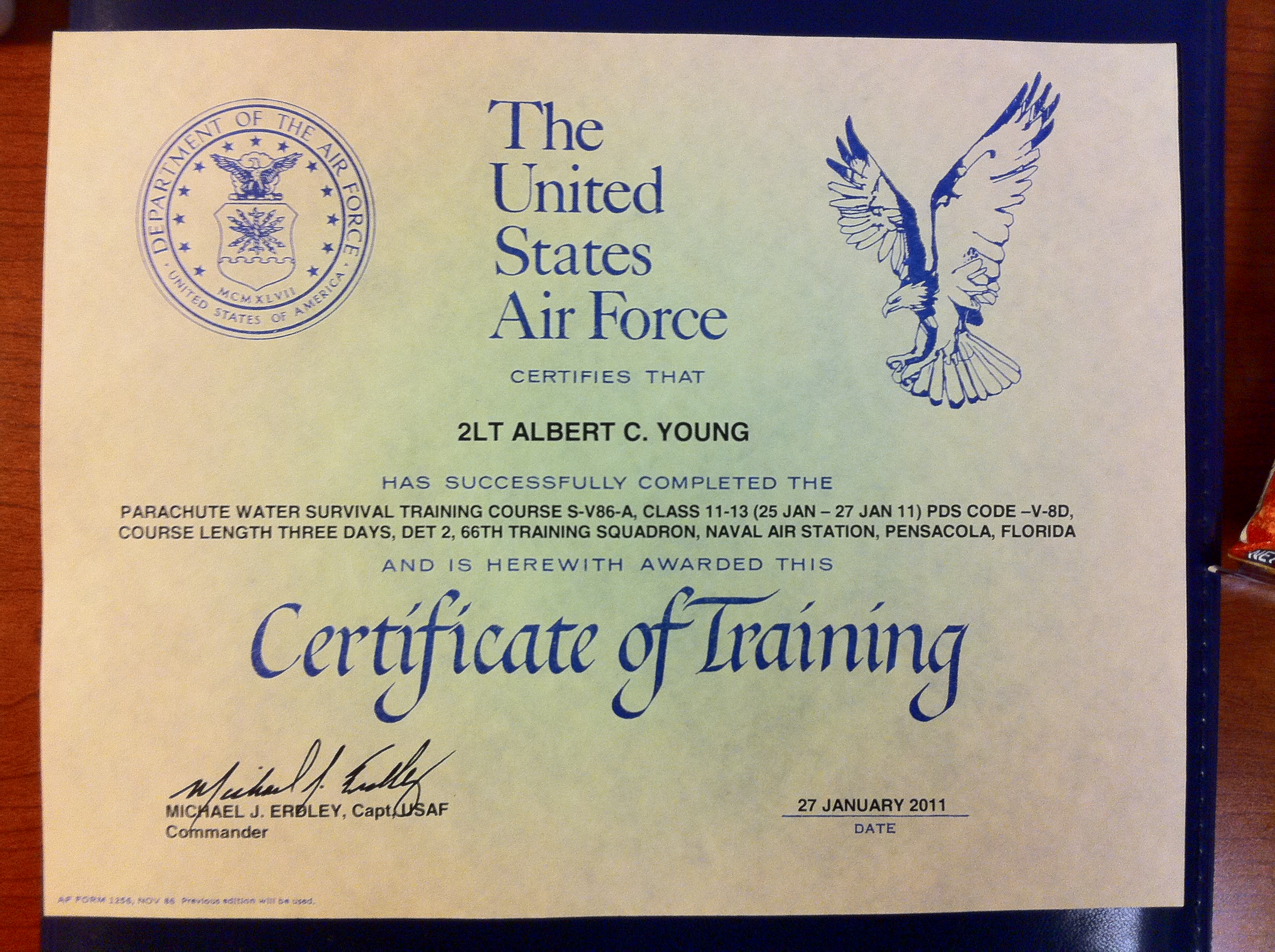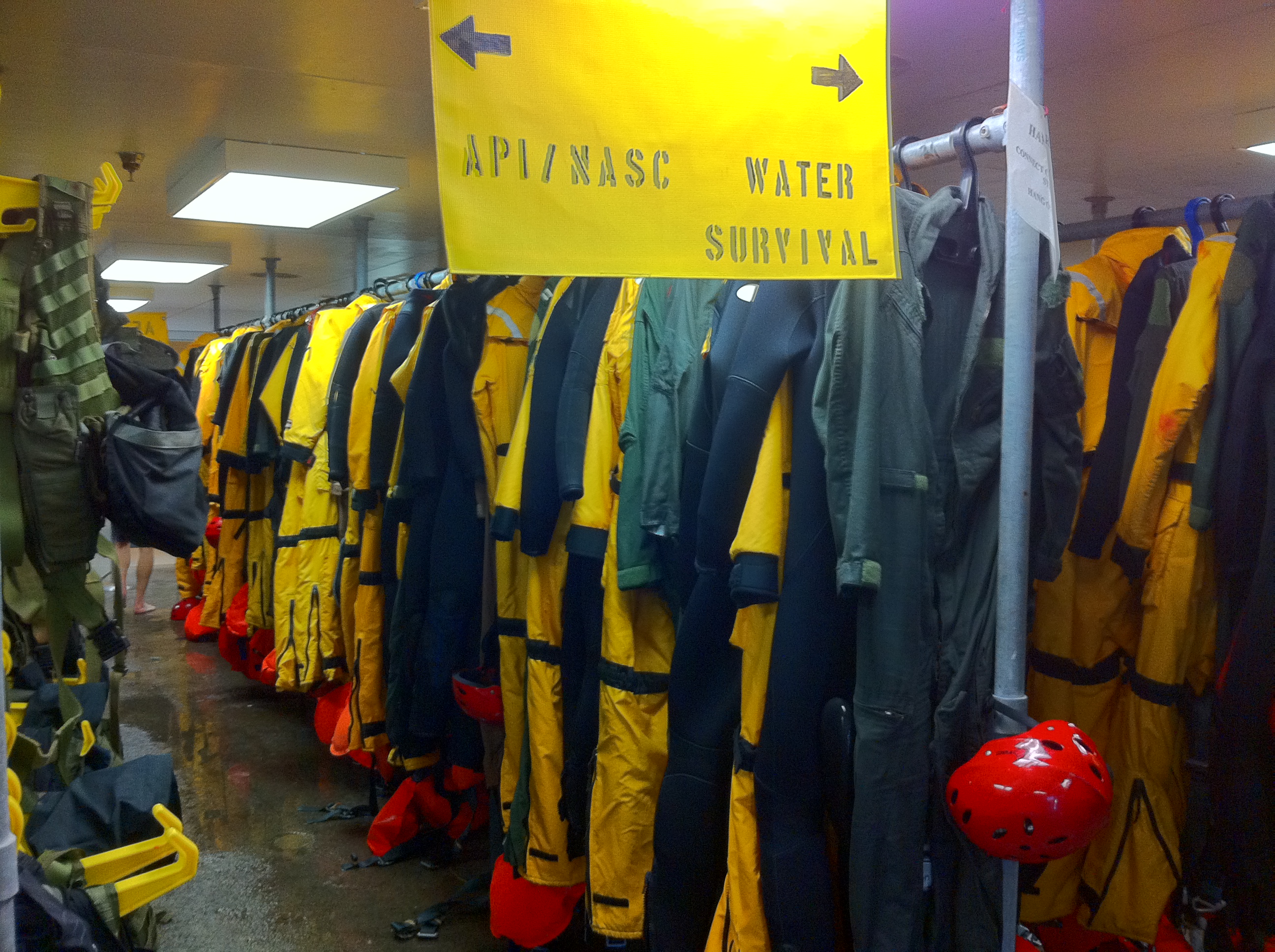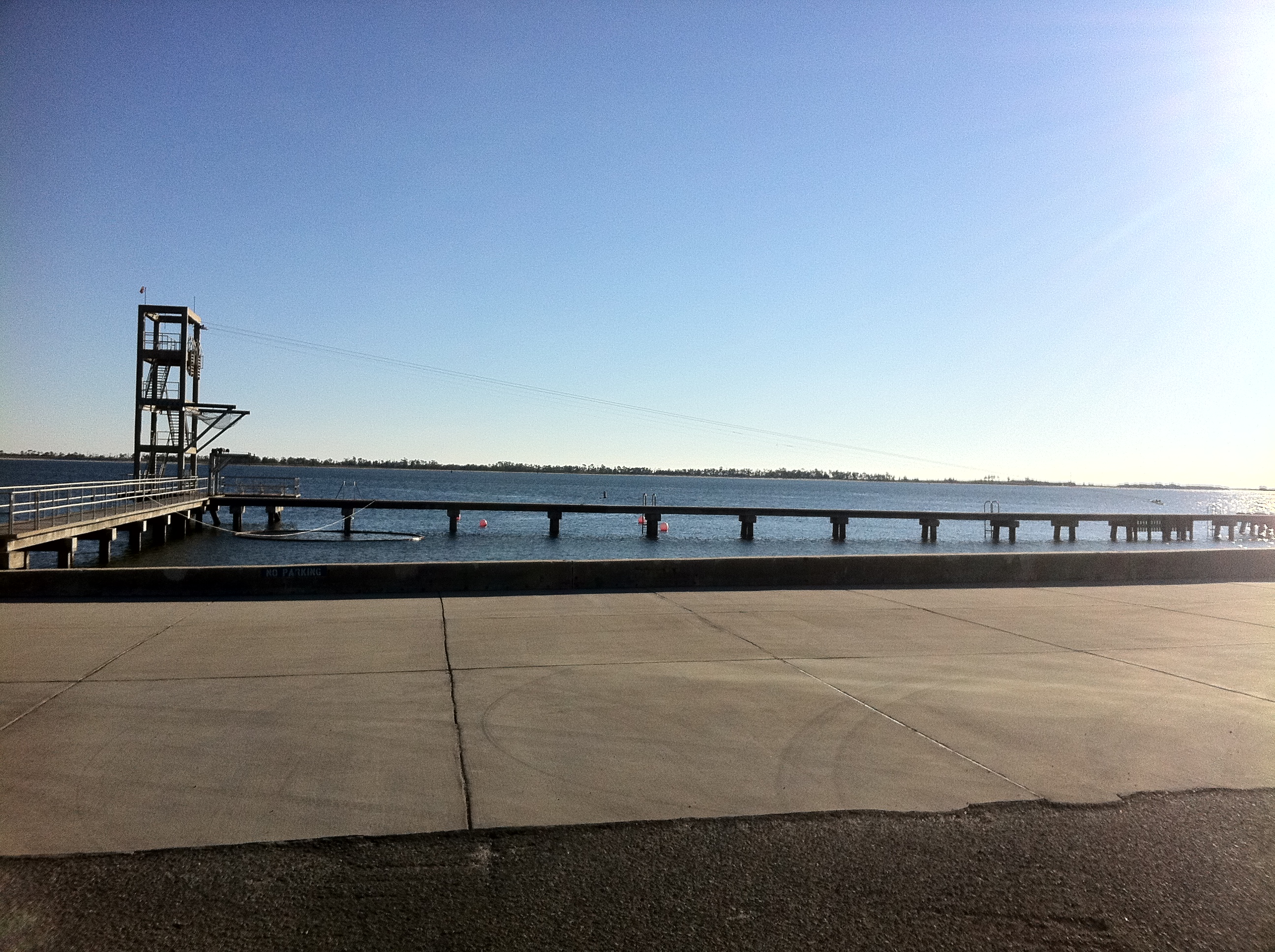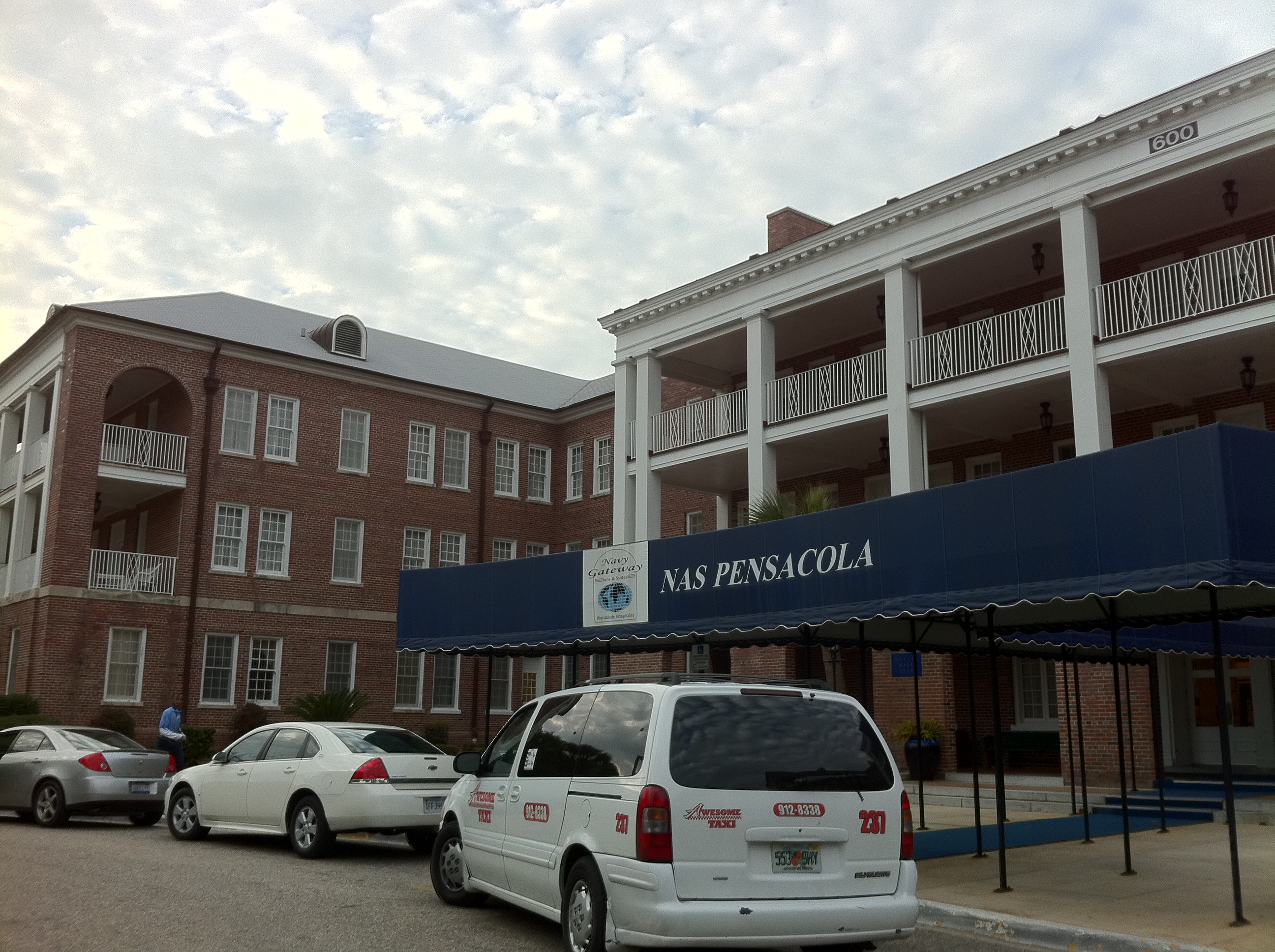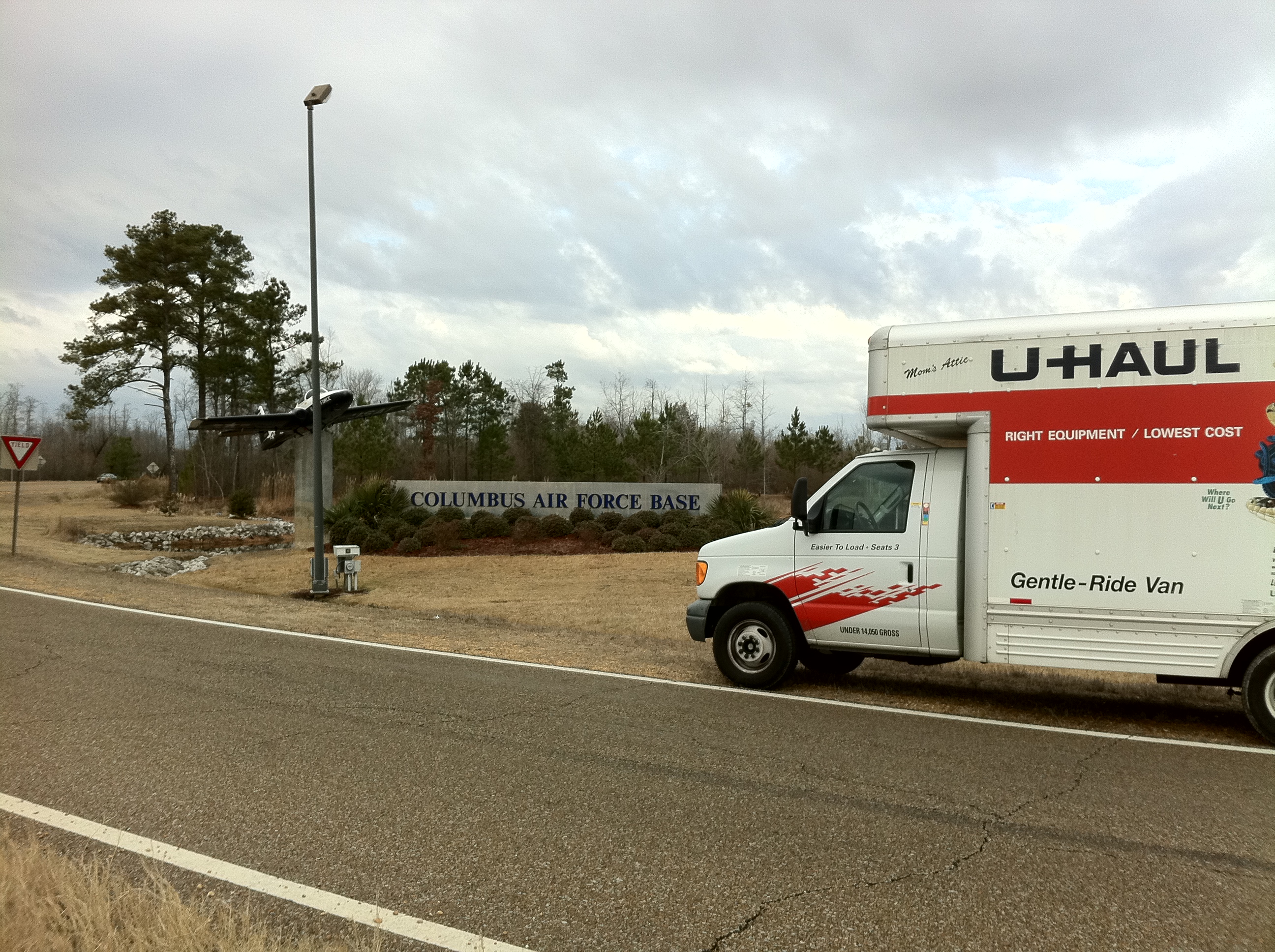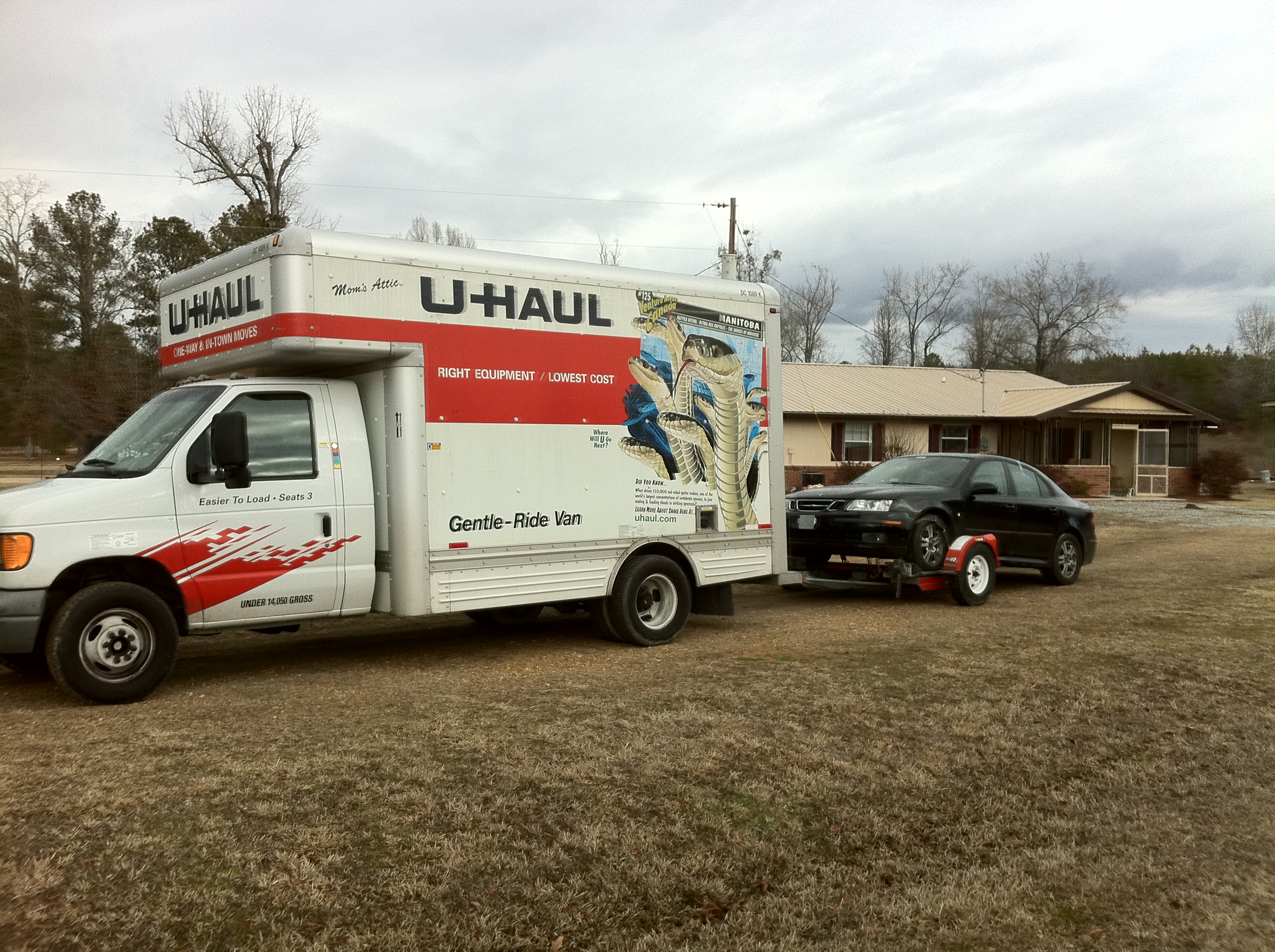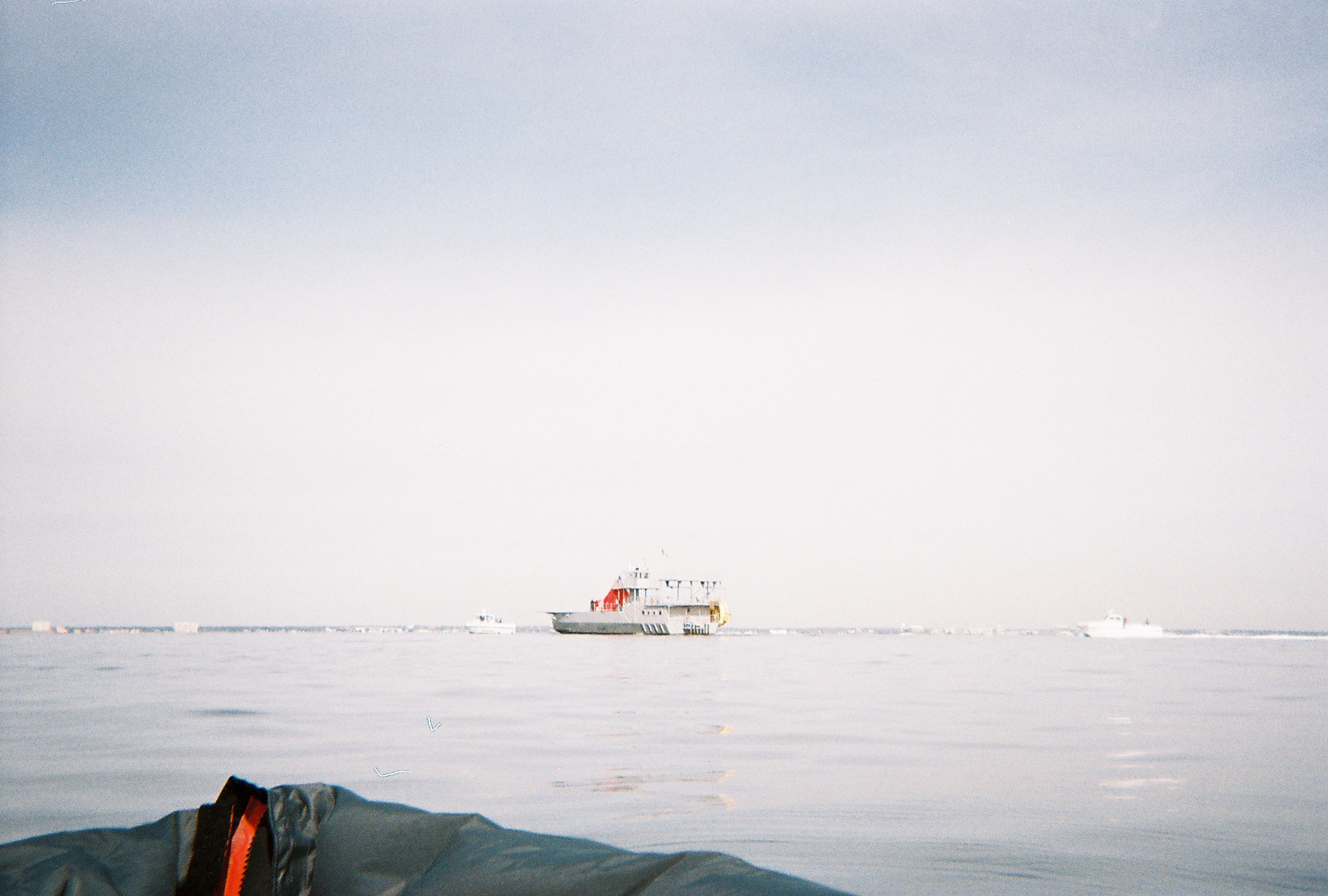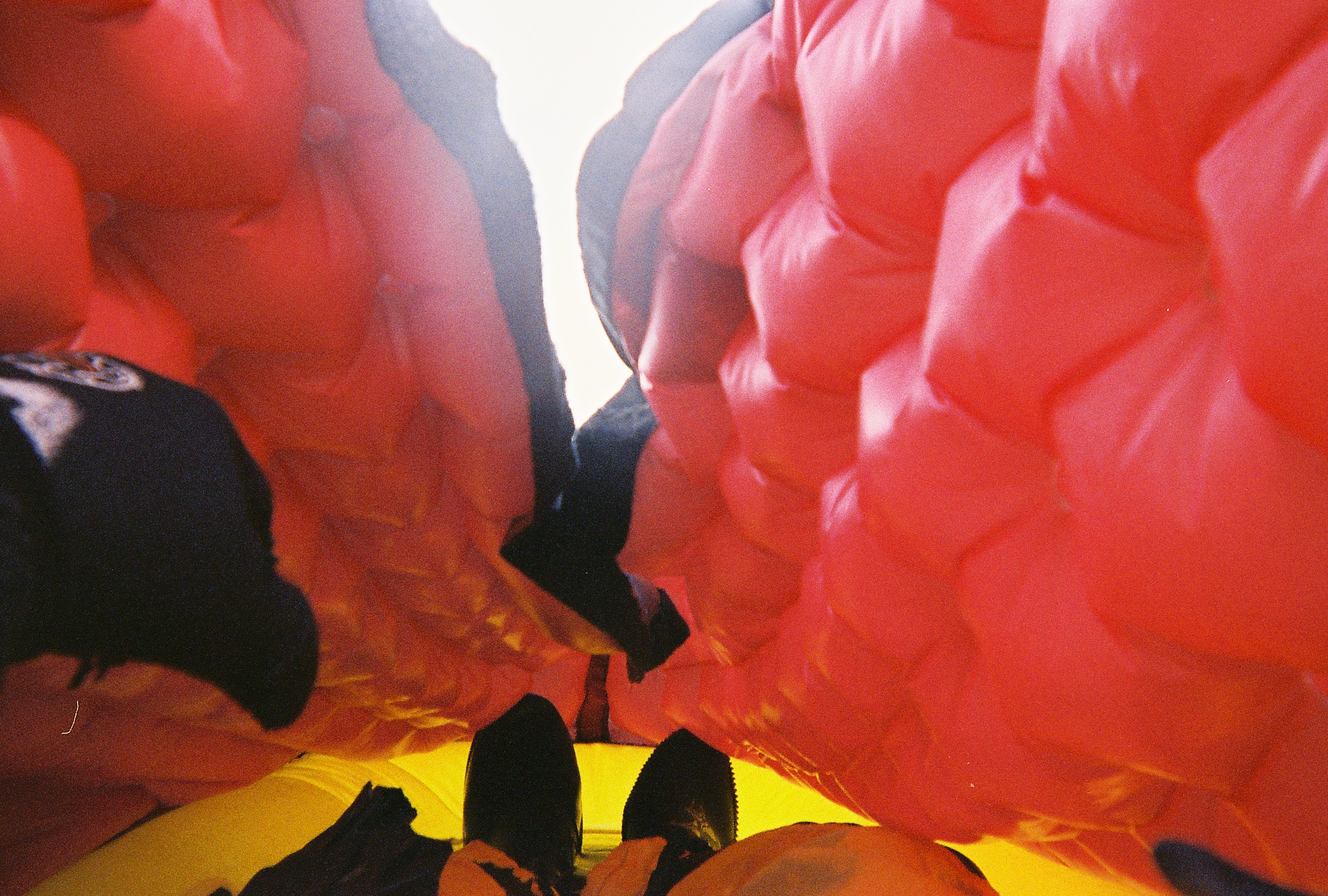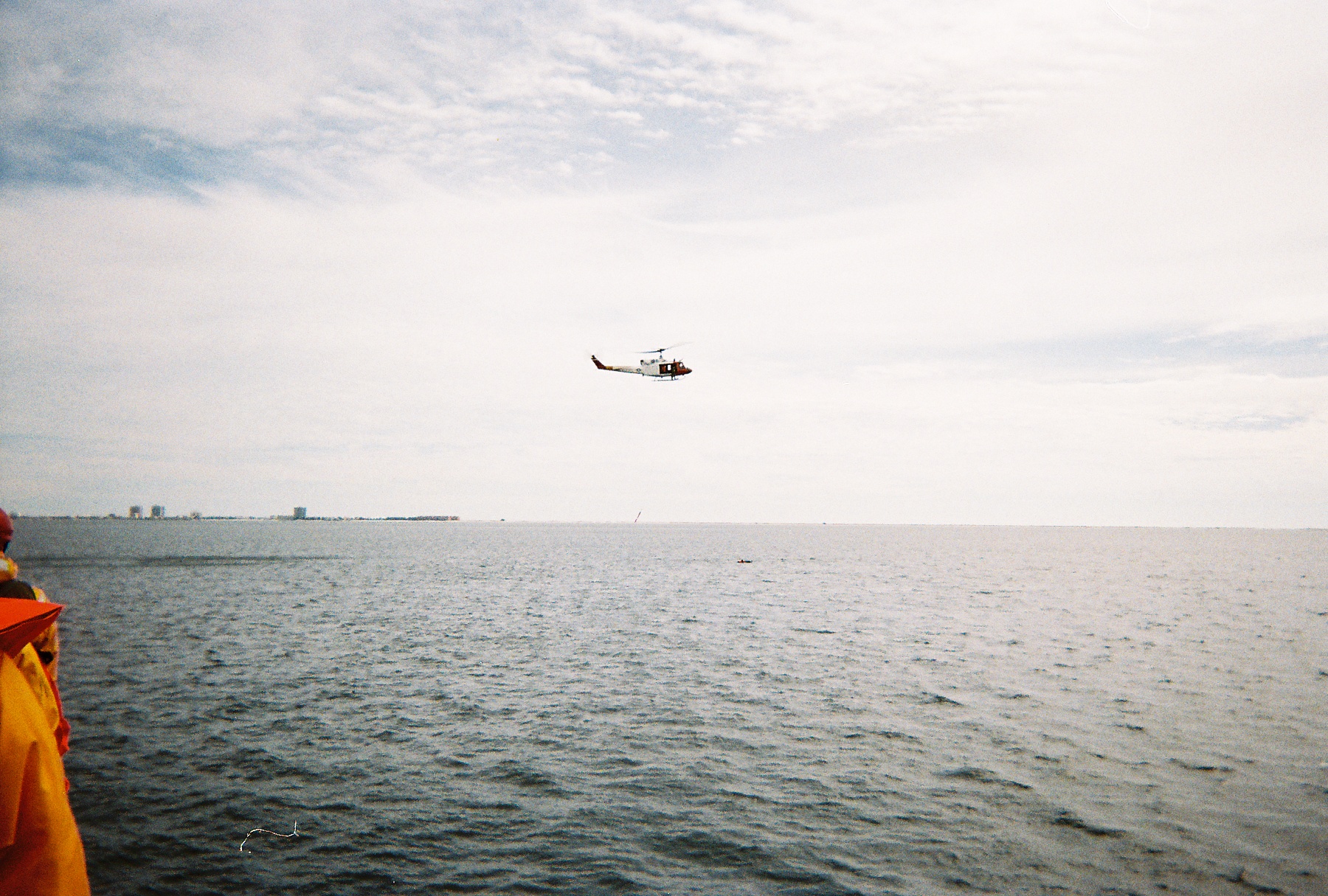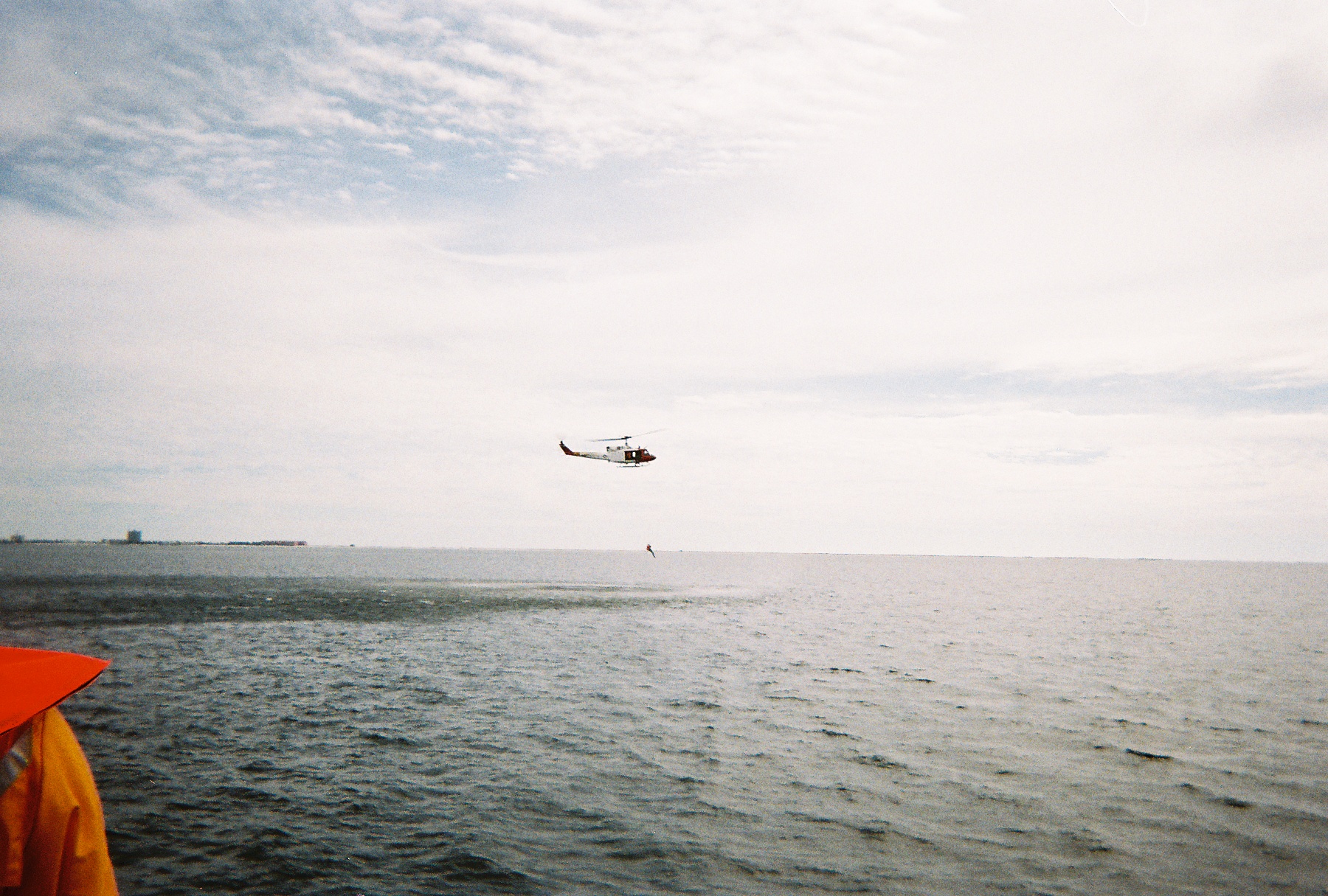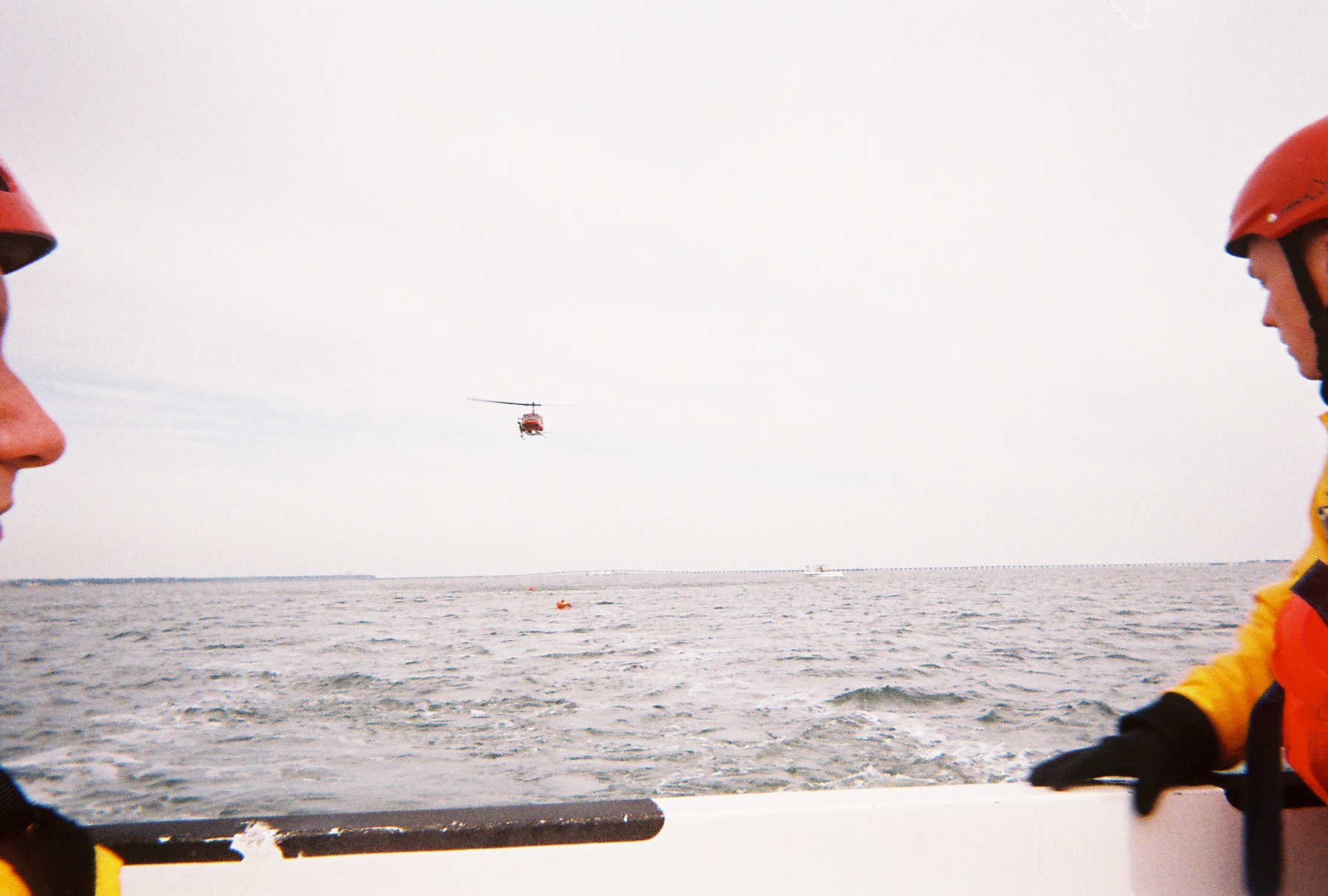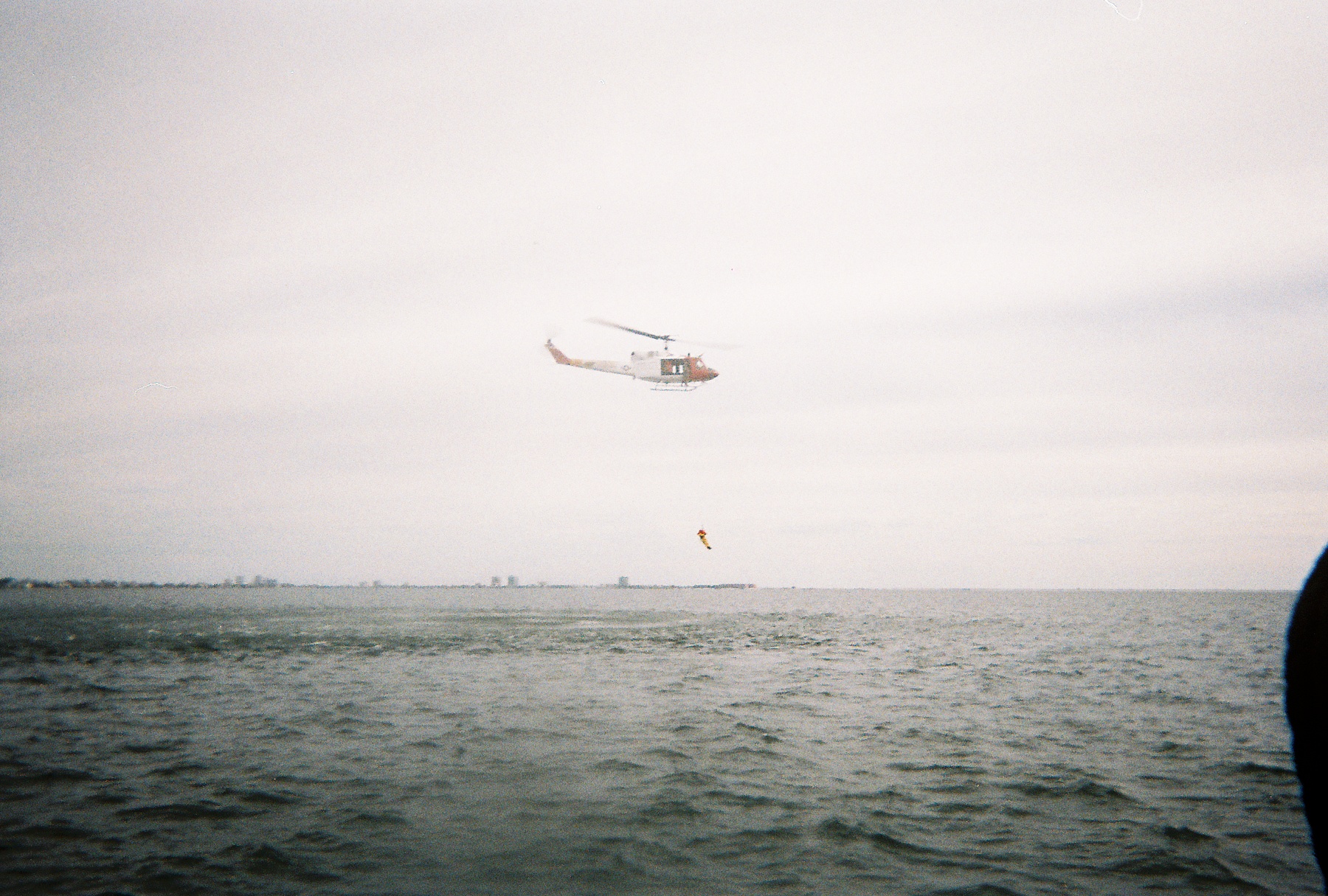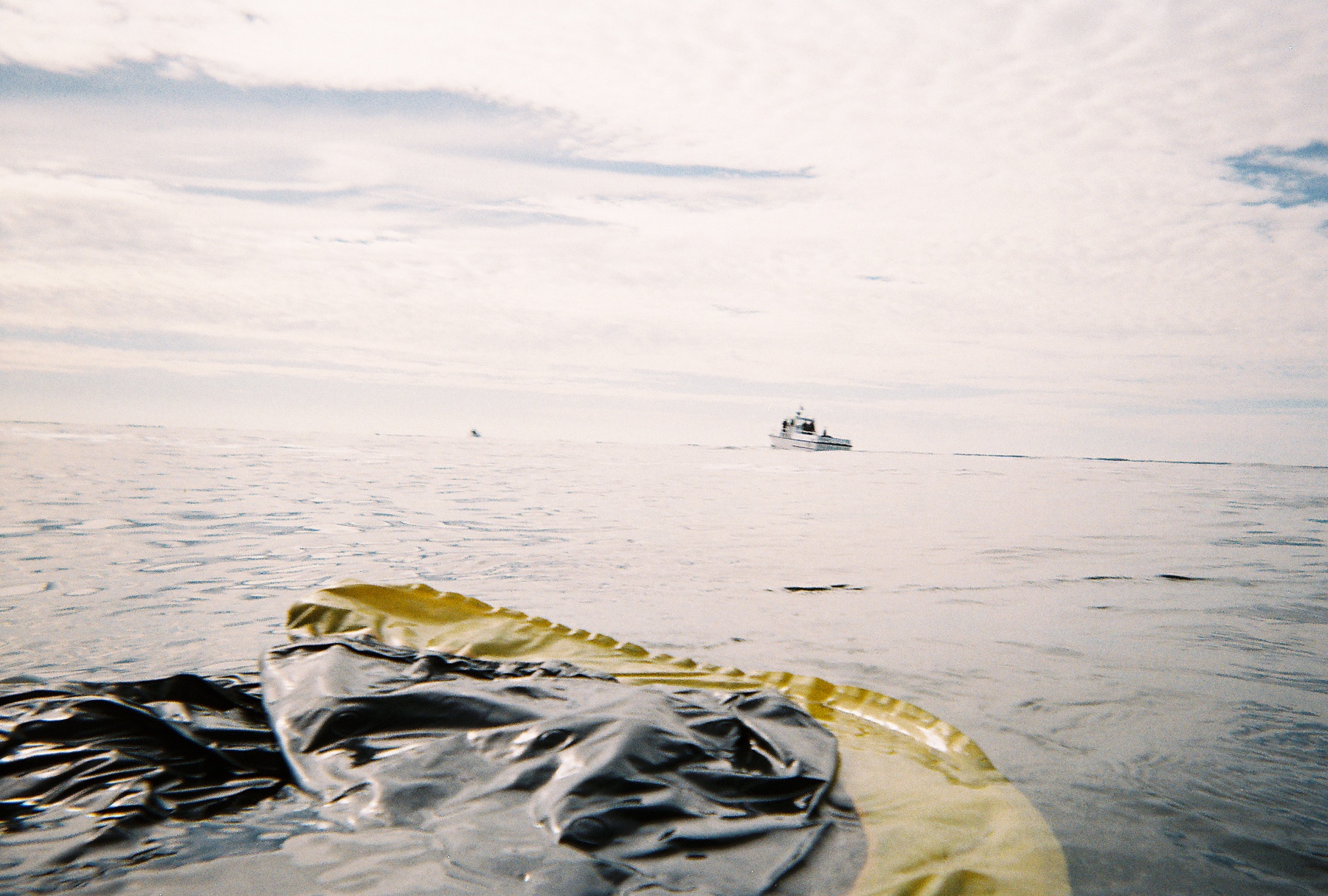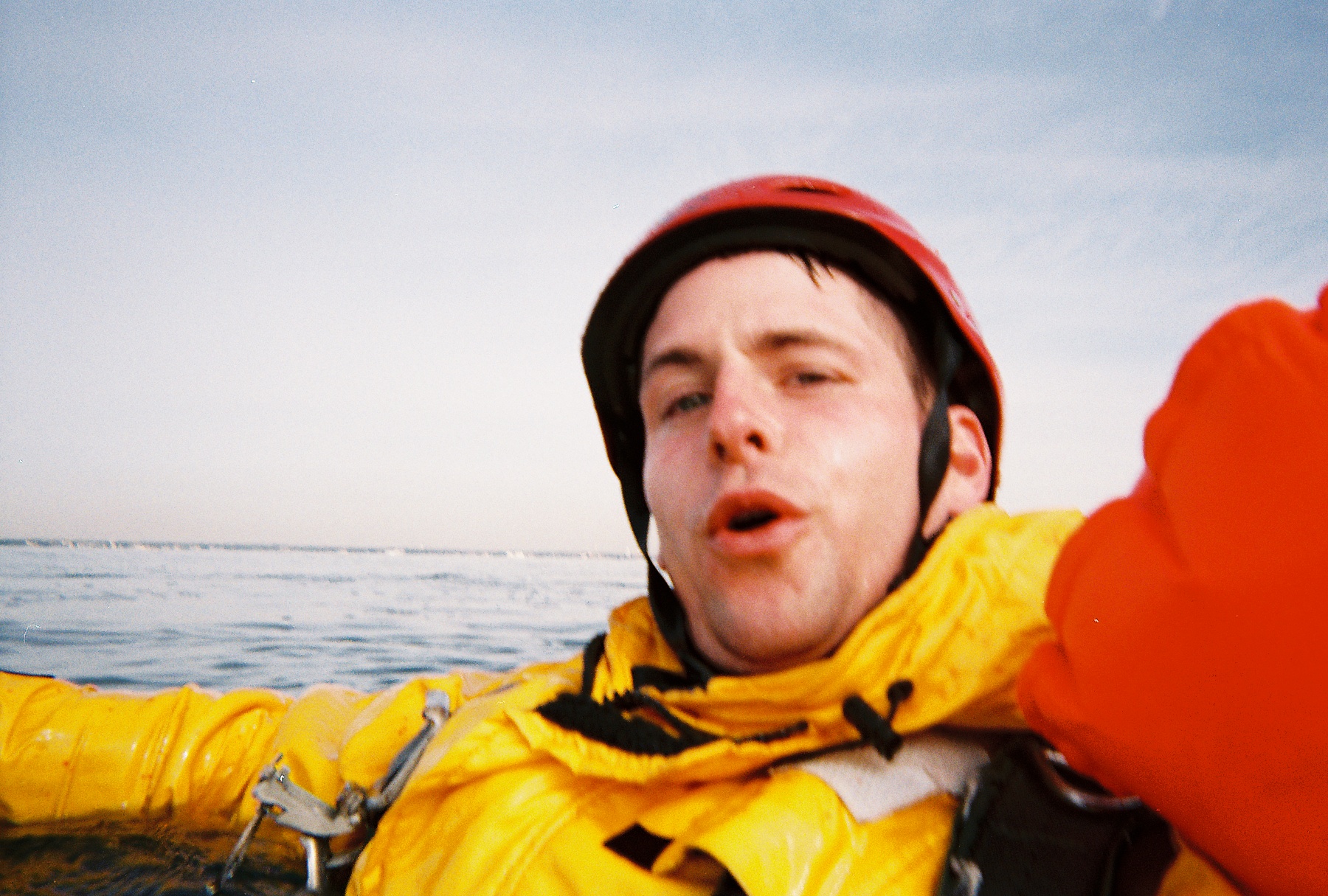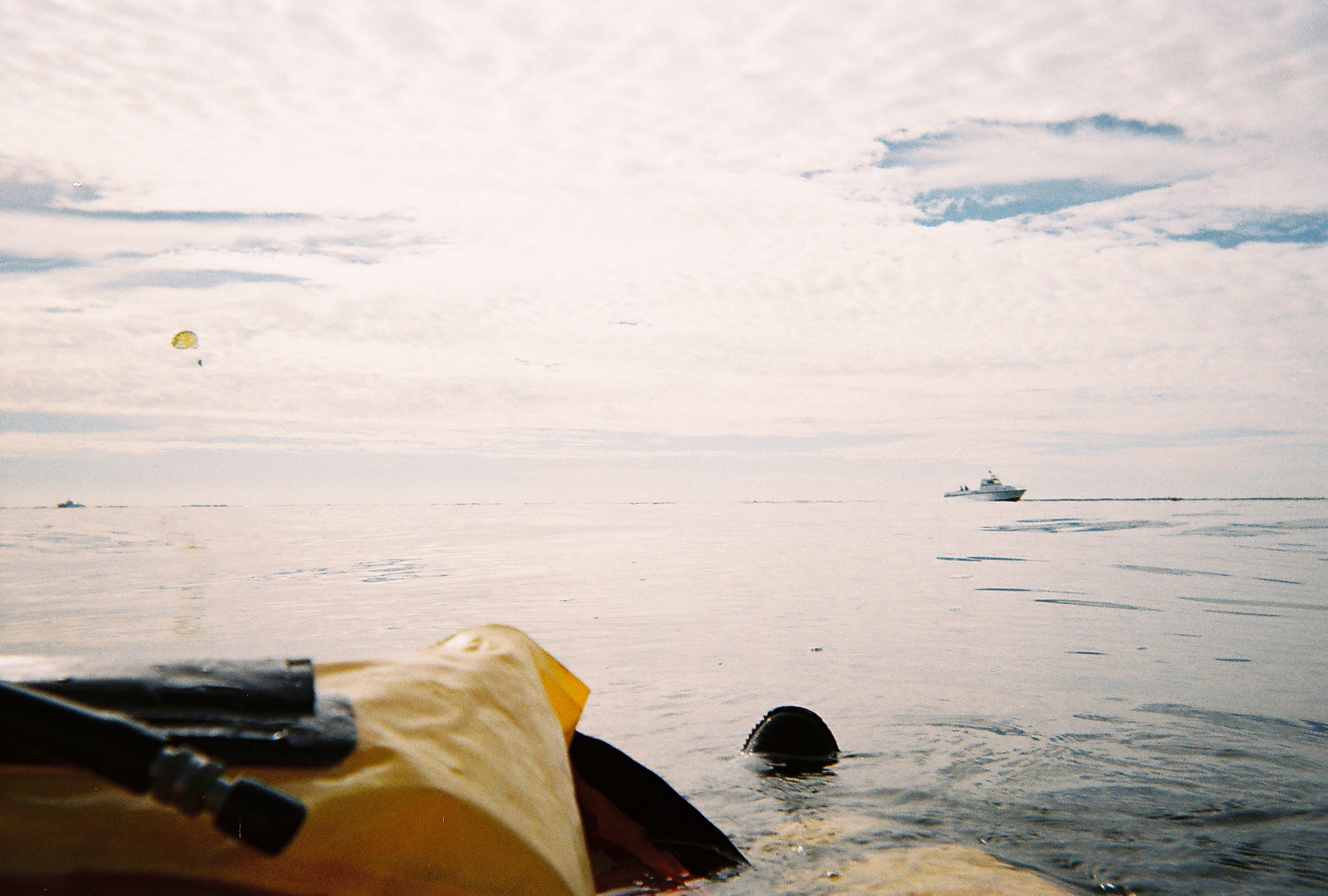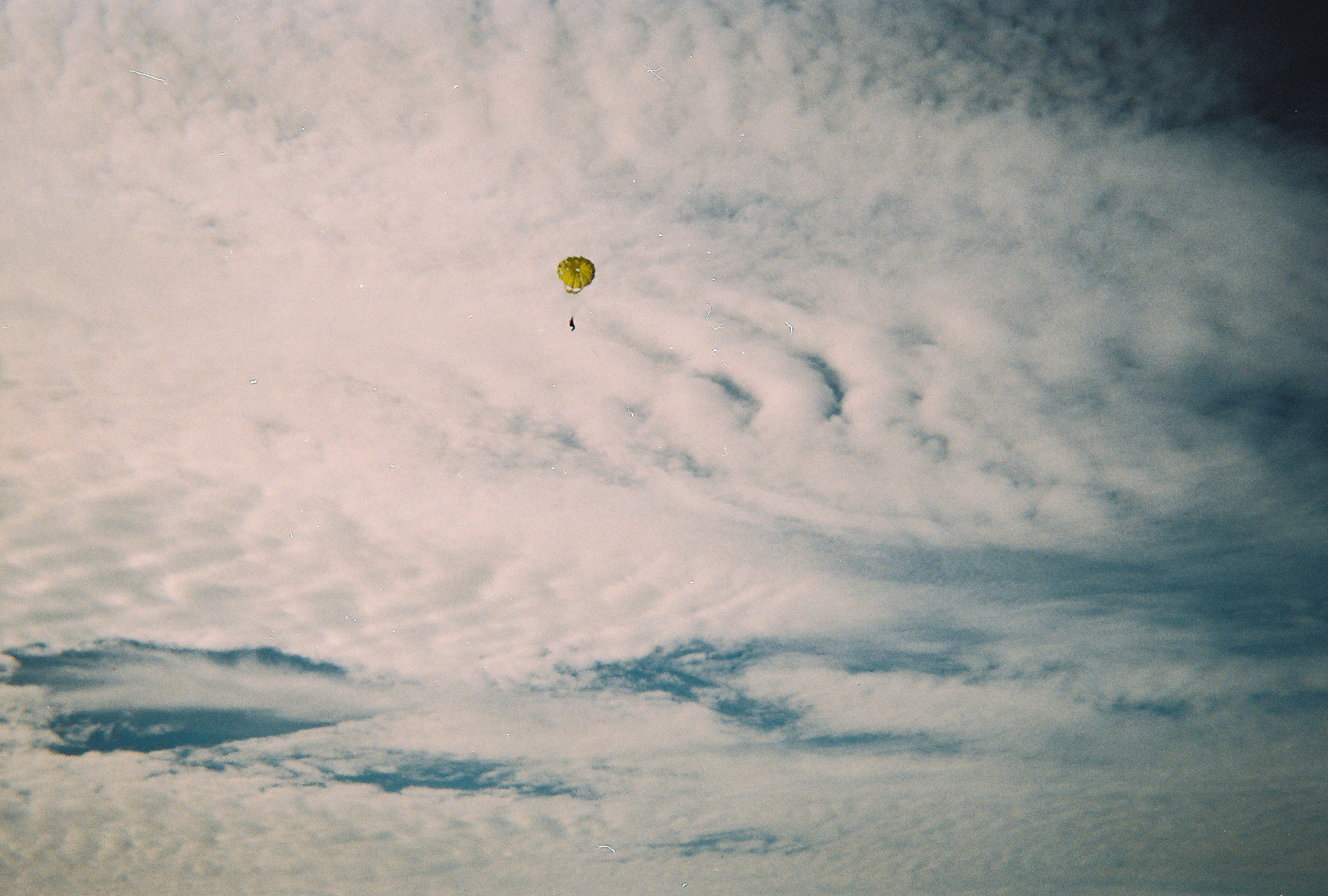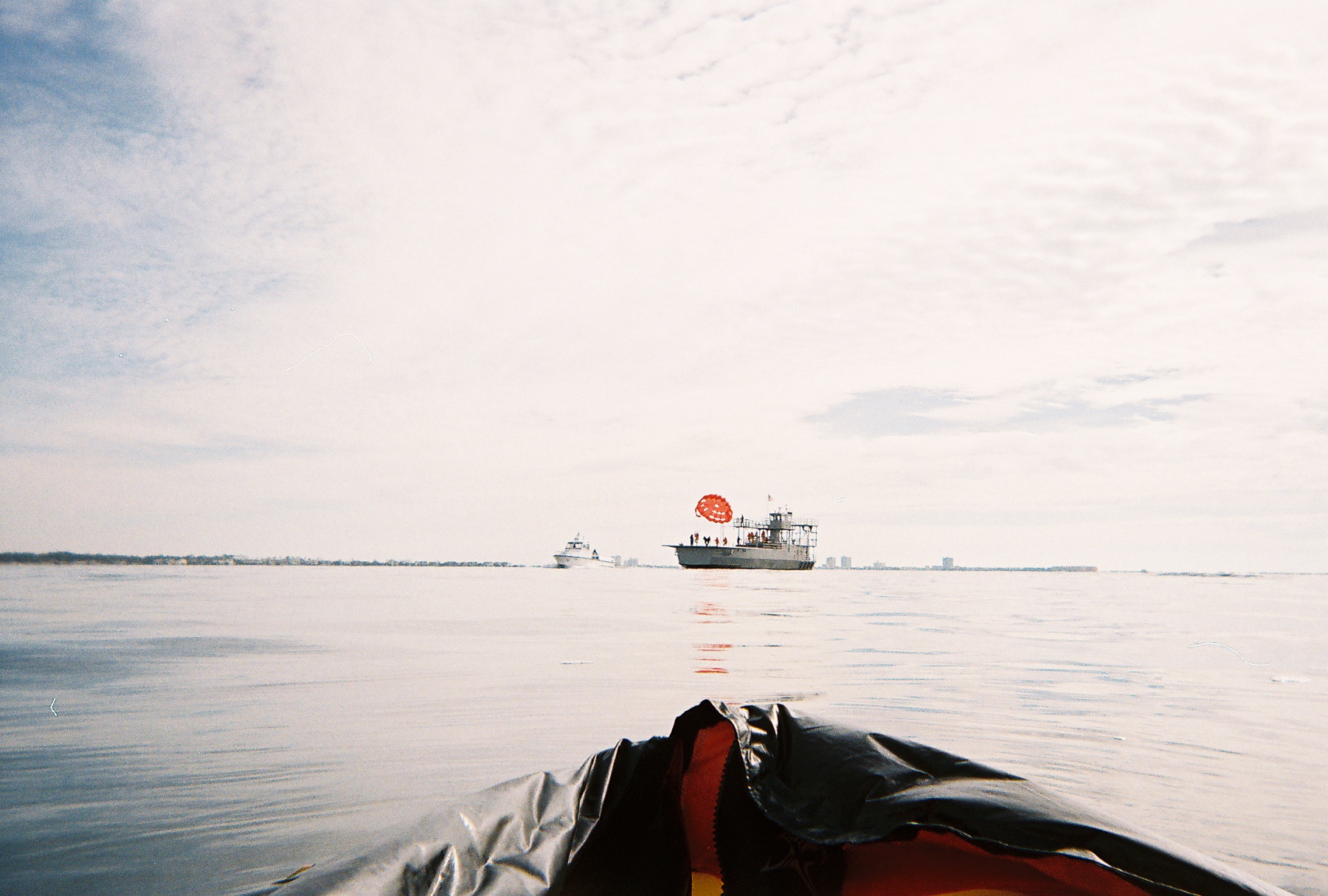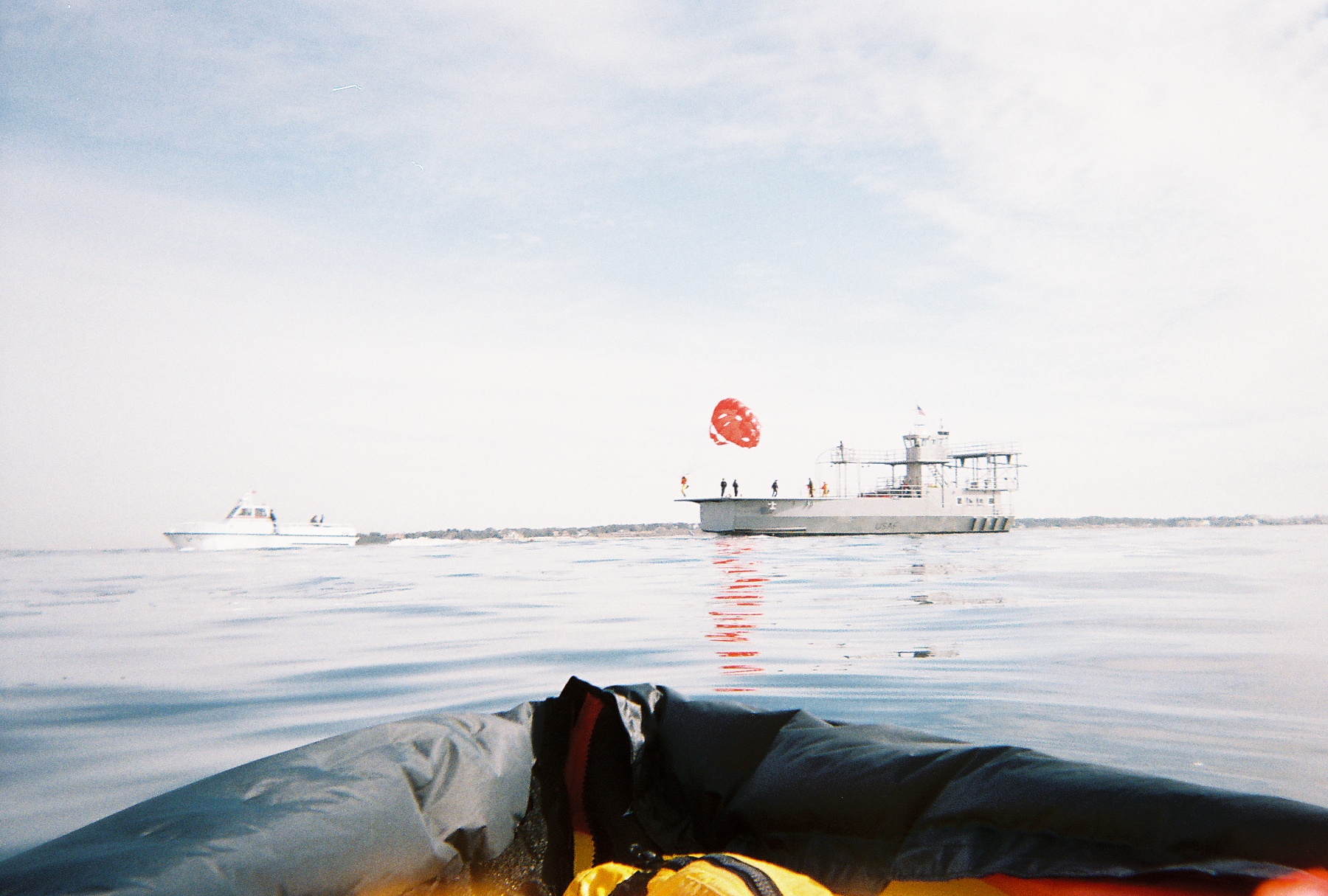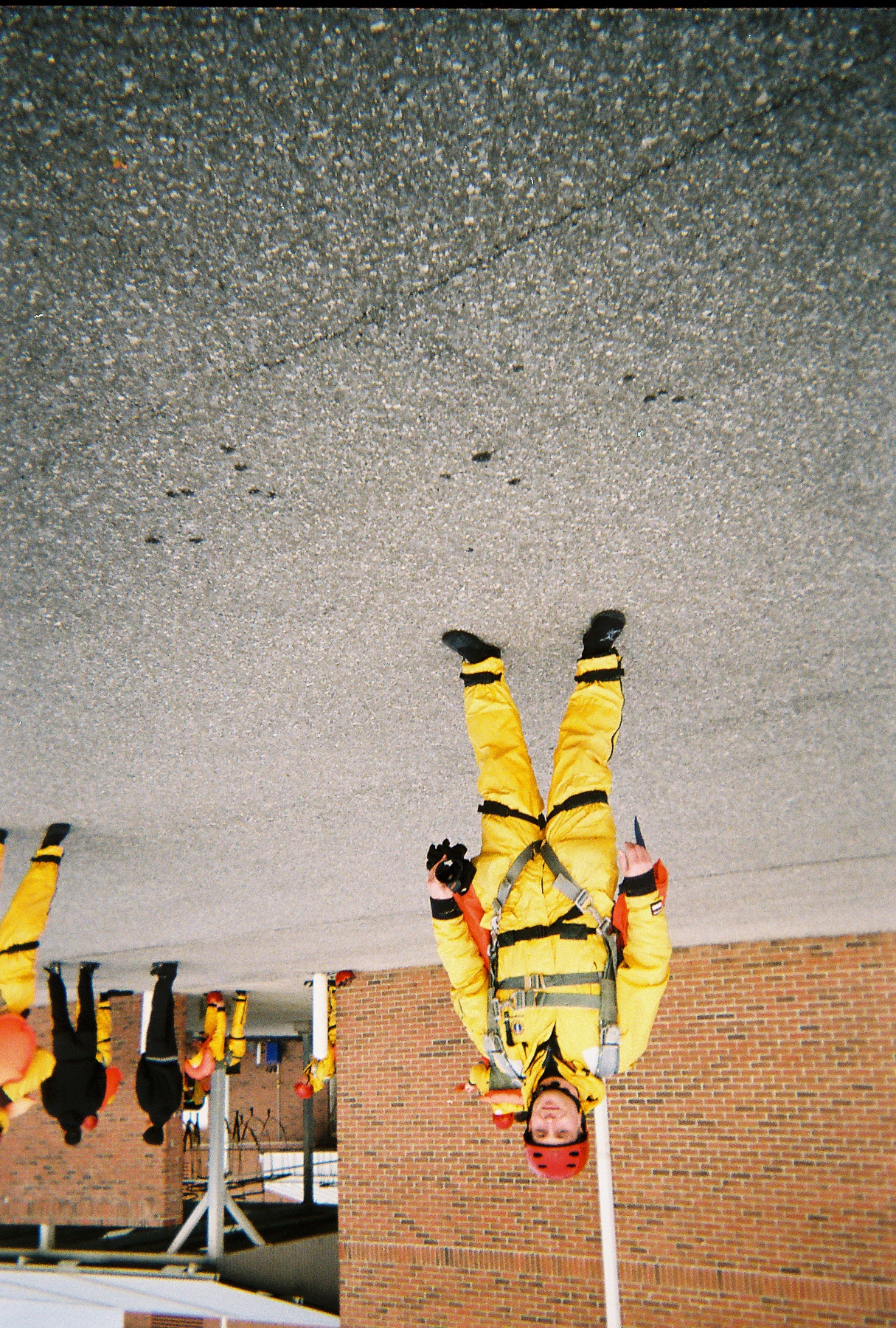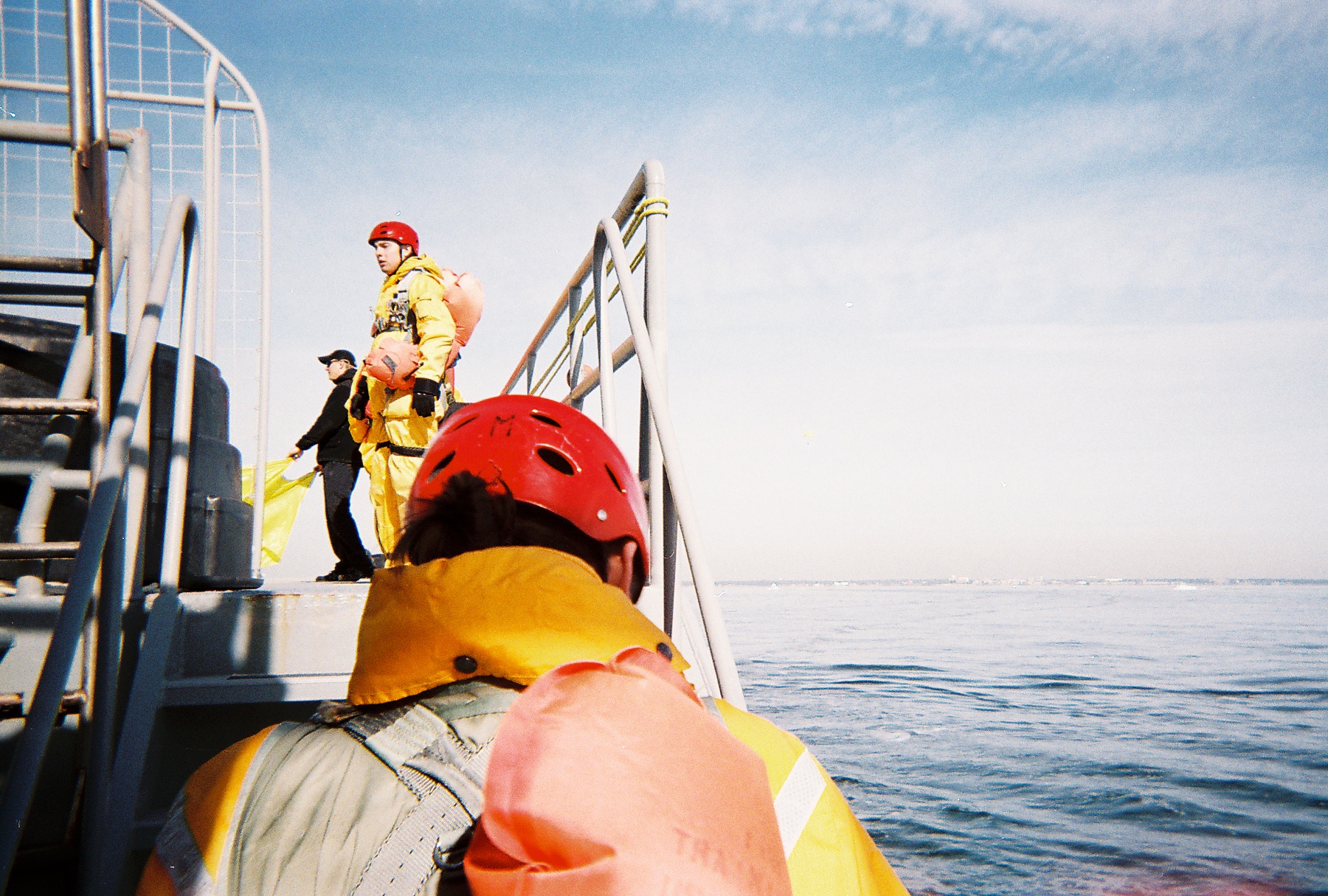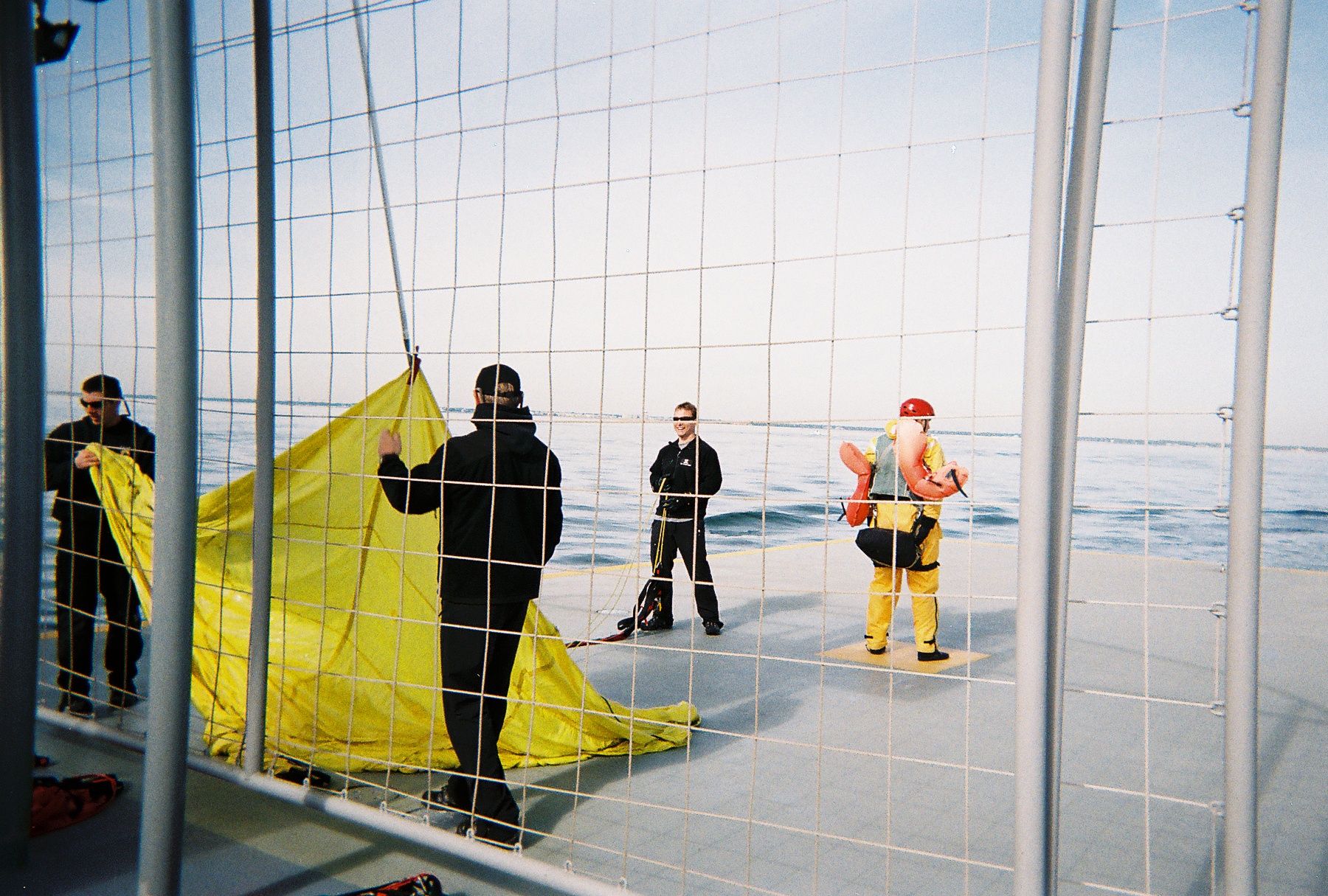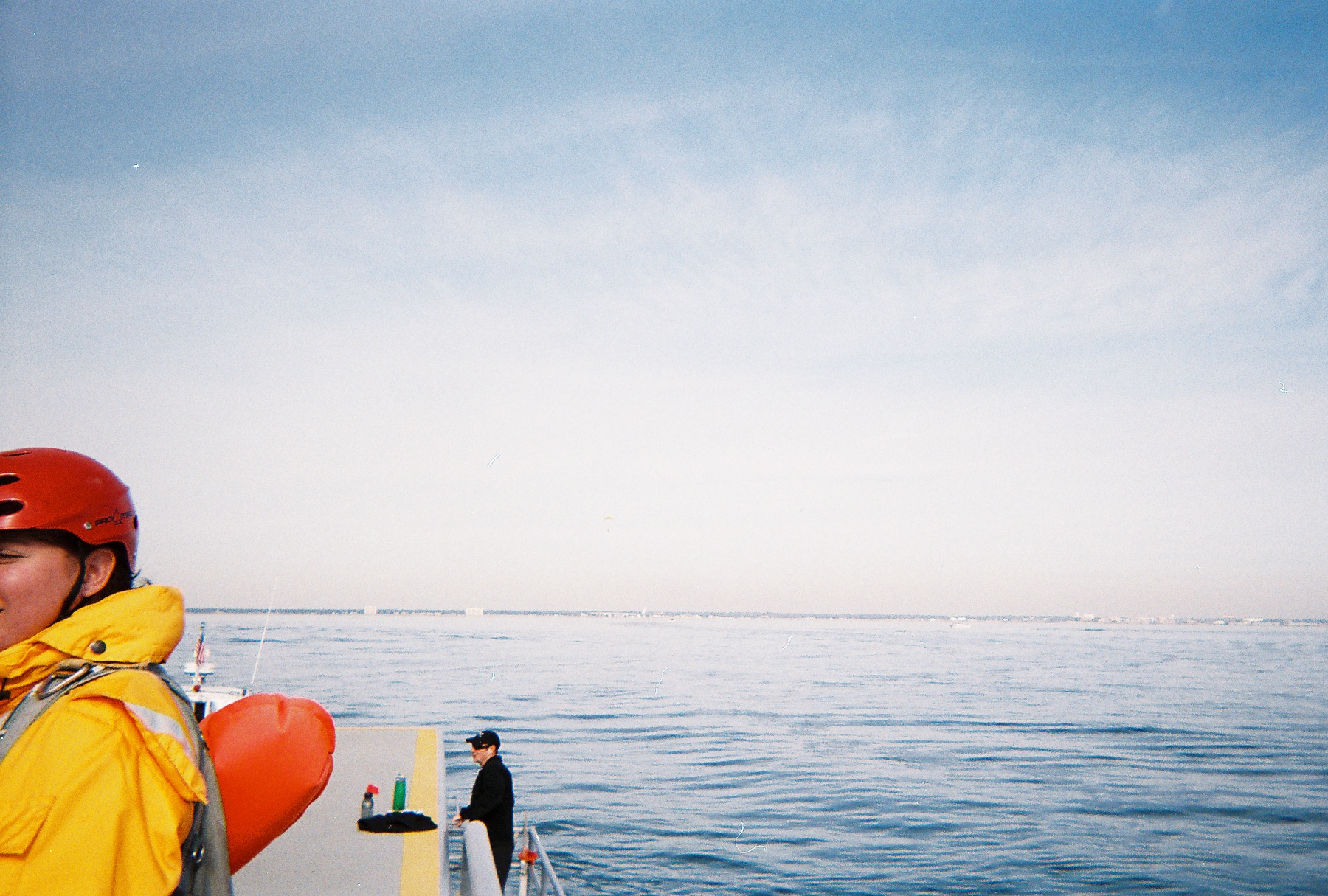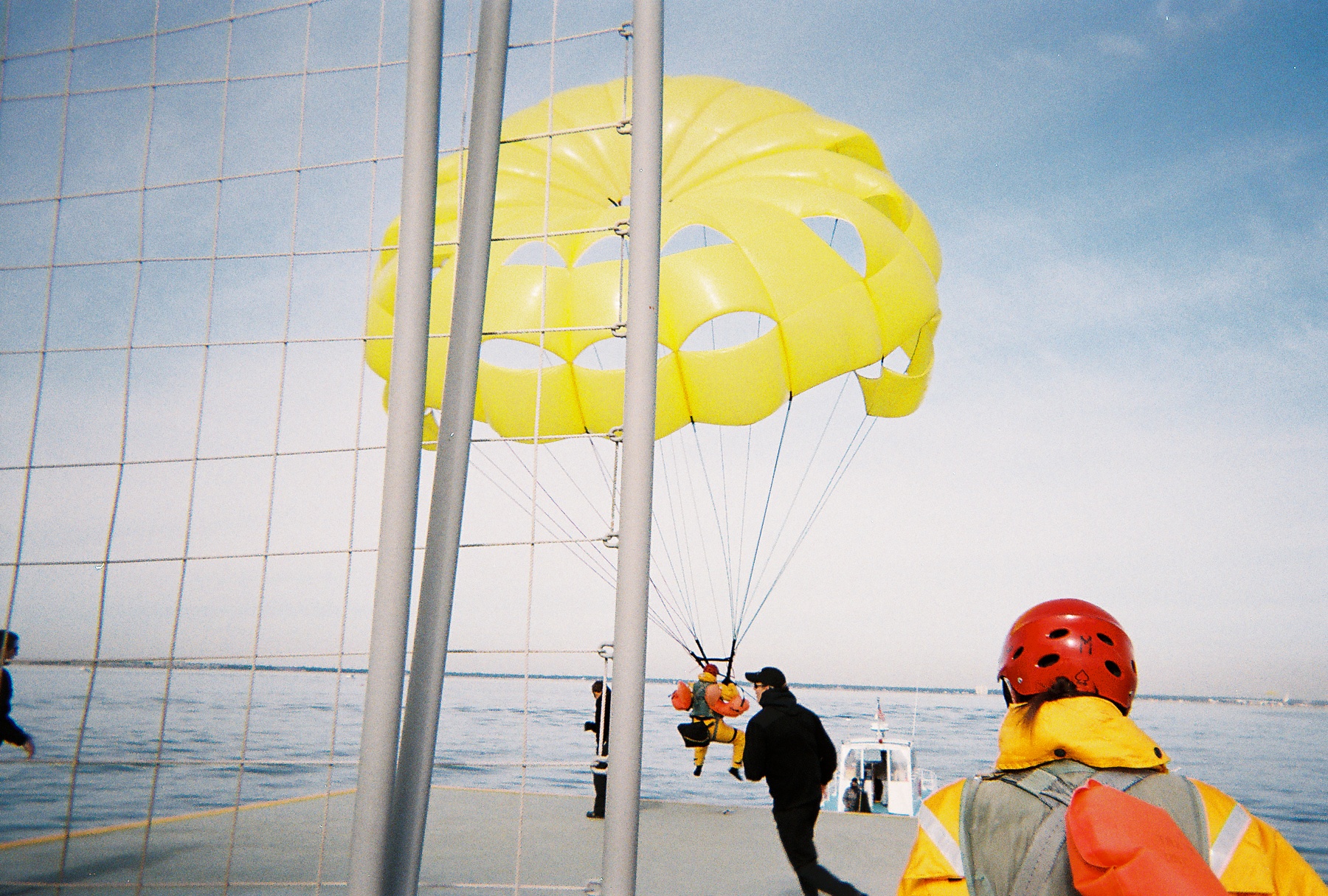Moving to Corpus and Water Survival
Moving to Corpus and Water Survival
Date: 2011-01-29 03:10:59
First off: If you're stationed at Columbus and you track T-44 for phase III, don't think you're a number one priority to the Airmen in personnel. You're not. They proved that to by not giving me my orders until the last day I was in Columbus. I asked them several times over the last month if everything was ok, but it wasn't until a few days before I was leaving for water survival that I found out my orders had been misrouted through the wrong fund site. I guess I can't complain too much though, they did actually get me my orders. I talked to some people at water survival that got their orders two days after they left their base.
Are you thinking about doing a Personally Procured Move? Formally know as a DITY (Do IT Yourself), the military will pay you the difference between the cost to hire professional movers and the cost of moving everything yourself. For example: if it would cost $1000 dollars to move you through MayFlower and you can do it for $500, you get to keep the left over $500 dollars. Sounds great, right?
Well let me tell you, there's a catch. You have to drive the 14 foot UHaul and car tow you rented. If you want to go the speed limit on the highway, it gets ten miles to the gallon. If you want to drive up a hill, it gets four miles to the gallon. How do I know? UHaul was nice enough to install an analog, instantaneous MPG dial on the dash board. It should be illegal because its a torture device! And distracting as all get out. While the DITY move is still worth it, three dollars to the gallon and ten miles to the gallon adds up fast. Really fast. Alright, enough about that. I've moved on (no pun intended).
The Air Force makes people who track T-44 attend Water Survival at Pensacola Naval Air Station because all of the working areas for the T-44/TC-12B are over the Gulf of Mexico. Surprisingly, the Air Force is the only branch that has a Water Survival course. The Navy used to, but due to bugget cuts they got rid of it (which is dumb, because the Navy does A LOT of their flying over water). The course is designed to prepare pilots and aircrew how to parachute out of a plane and use all of the supplied gear to remain safe until rescued.
The first day is half academics and half in the water. They teach you things about the parachute, the harness, the procedures for landing in the water safely, the ocean environment, marine life you may encounter, how to contact rescue personnel, etc, etc… Then they take you outside and show you how to get into the twenty man and one man life rafts, how to attach yourself to rescue helicopter hoists, how to escape a parachute should it land on you, and using the four story zip line they show you how to disconnect for the parachute after a water landing. It was a busy first day!
On day two you have a few more academic lessons and then you suit up again for the water. After a 20 minute boat ride, you arrive at what they affectionately call the “Big Dog.” Is the largest boat the Air Force owns (one of nine, actually) and is specifically built to launch students off the front for parasailing and to drag them off the back for the “drop and drag.” The drop and drag is… a drag. They drop you from about 20 feet into the water and drag you so that you know what it's like to be dragged by a parachute and how to release from it. On the other end, the parasailing is a blast! The front is a deck about the size of a basketball court with a large net on the back for inflating parasails. Once the parasail is inflated, a speed boat drives up next to the Big Dog and and throws a line up to be connected to the student. After they hook you up, they tell you to “start marching” and the speed boat guns it. It was awesome! Once your in the air, they reel out 800 feet of rope and pull you up to 500 feet. Then a guy on the boat waves an orange flag to let you know it time to disconnect from the line. After a quick yank, you're completely free from the boat and screaming out “Canopy, Visor, Mask, Seat-kit, LPUs, Four Lines, Steer, Prepare, Release.”
On the last day you parasail again, but this time you have a seat-kit containing a one man raft with you and they leave you out floating in the water for an hour or two. I brought a couple Cliff Bars and had a nice time. Then an air force helicopter comes and you get to practice actually being picked up. I can't even describe how cool it was.
A note about the pictures: it was 45 degrees in the water and 35 degrees outside, so they made us wear the “Mustang Suits”, which are human lunch boxes. If you've ever had a flexible lunch box, these ugly yellow suits are the same type of insulation and the same thickness. So no… I am not morbidly obese. It's the suit.
